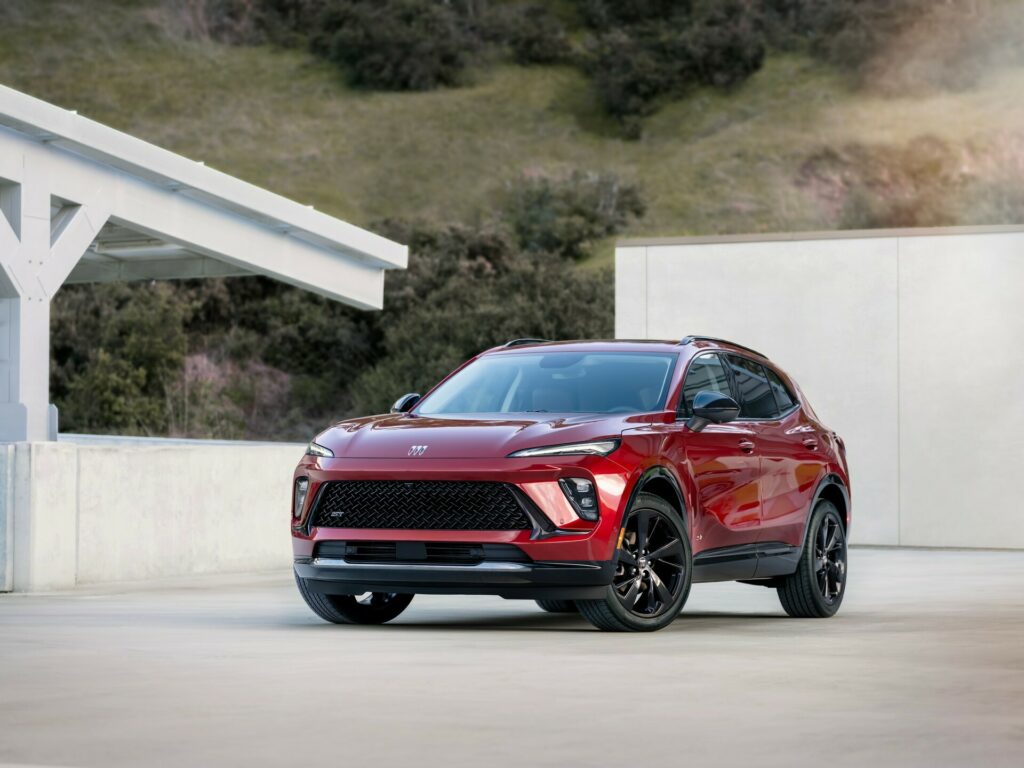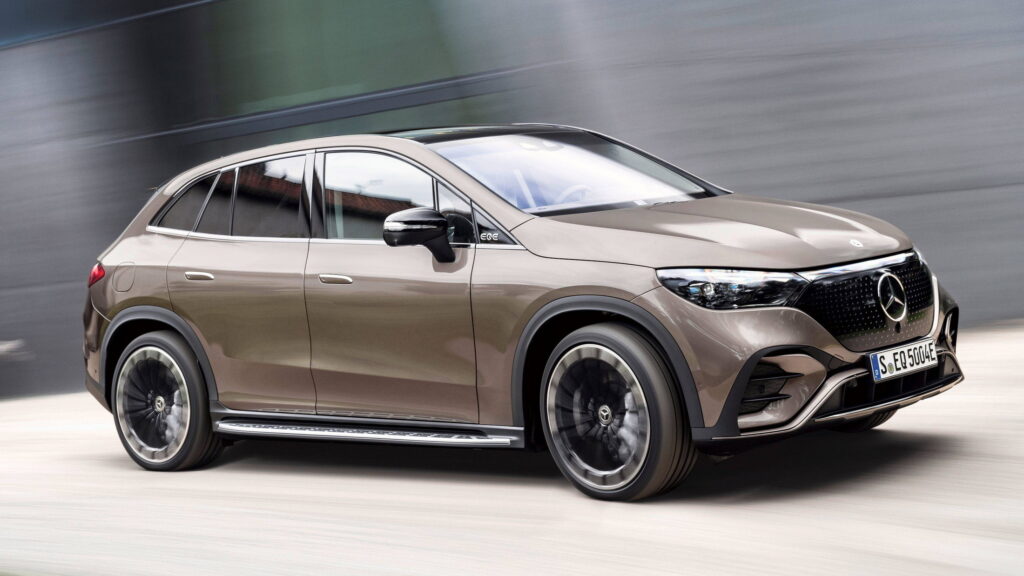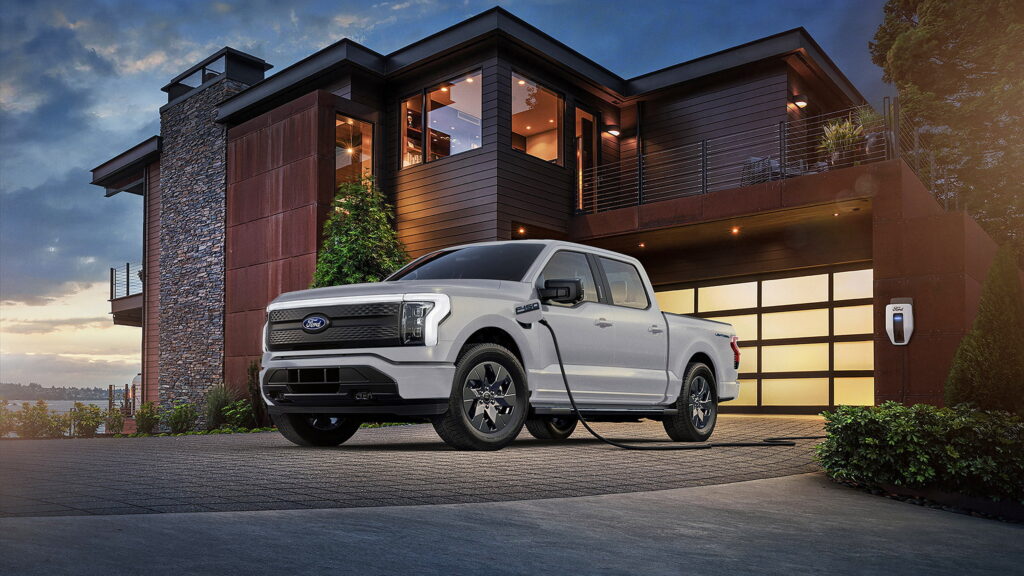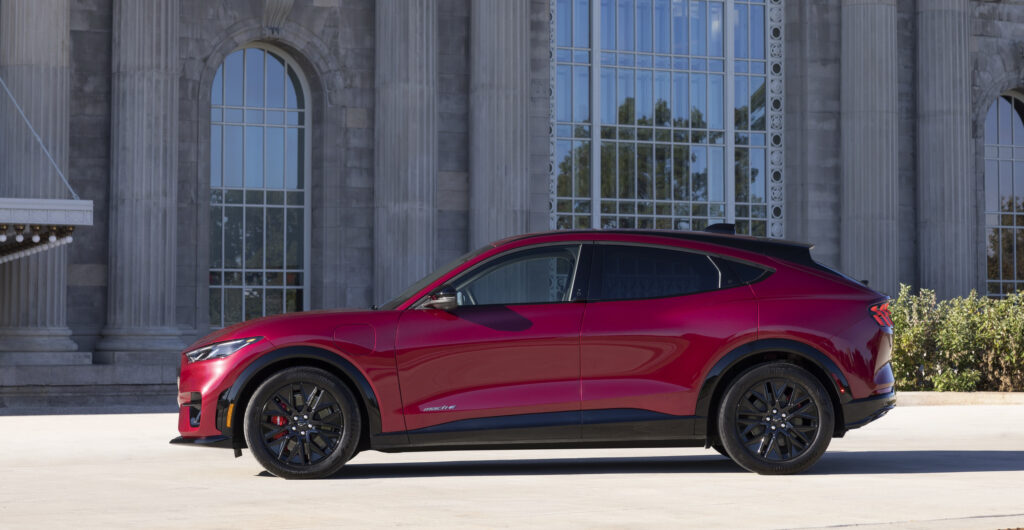Chinese Brand Didn’t Wait For The Government And Created Its Own EV Grant

- The GWM Ora 03 range now starts at £21,245 in the UK.
- A New Electric Car Grant could exclude EVs built in Asia.
- Leapmotor also recently announced a £3,750 EV discount.
The British government recently announced its long-awaited Electric Car Grant aimed at making new EVs a little more accessible to locals. Through the program, £650 million (about $876 million) worth of funding will be used to provide shoppers with grants of £1,500 ($2,000) or £3,750 ($5,000) for eligible EVs.
However, a full list of eligible vehicles has yet to be announced, leaving many brands uncertain about whether their vehicles will be included or not.
Read: Great Wall Is Gunning For Ferrari SF90 With Its First Supercar
Not willing to rest on its laurels and wait, Great Wall Motor, known locally as GWM, has announced sweeping discounts of its own. All versions of the GWM Ora 03 are now available with a £3,750 (~$5,000) ‘Green Grant’, cutting their prices and making them even more accessible. The move comes shortly after Leapmotor also announced a £3,750 discount for its entry-level T03 city car.
While the Ora 03 may look a little funky, we discovered last year that it’s actually a very respectable EV. In the UK, the range starts at £21,245 (~$28,600) for the 03 Pure, down from the £24,995 (~$33,700) price tag prior to the Green Grant. It comes standard with a 48 kWh battery pack and offers up 193 miles (310 km) of range. Thanks to the price cut, it now undercuts vehicles including the Hyundai Inster and Renault 5.

Sitting in the middle of the range is the 03 Pro. Its starting price has been slashed from £28,995 (~$39,000) to £25,245 (~$34,000). For the money, shoppers receive a larger 63 kWh battery and 260 miles (418 km) of range. Topping out the range is the £29,245 (~$39,400) Ora 03 GT, which has the same powertrain as the 03 Pro and comes with unique exterior styling, massaging and ventilated front seats, an electric sunroof, and launch control.
Who Will And Who Won’t Qualify?
Qualifying for the local government’s Electric Car Grant could prove tricky for many car manufacturers, Autocar reports. For example, the available grants will vary depending on how clean the energy grid of the country where the vehicle is produced is, and where its batteries are made. Additionally, carmakers must also be a member of the Science Based Targets Initiative, where commitments must be made for carbon reductions and emissions scores must be below a yet-to-be-defined threshold.
While the government has yet to release a full list of eligible EVs, those built in Asia are expected to be excluded. That’s bad news for brands like GWM, but it should help European auto firms better confront their more competitively-priced Eastern rivals.
















































